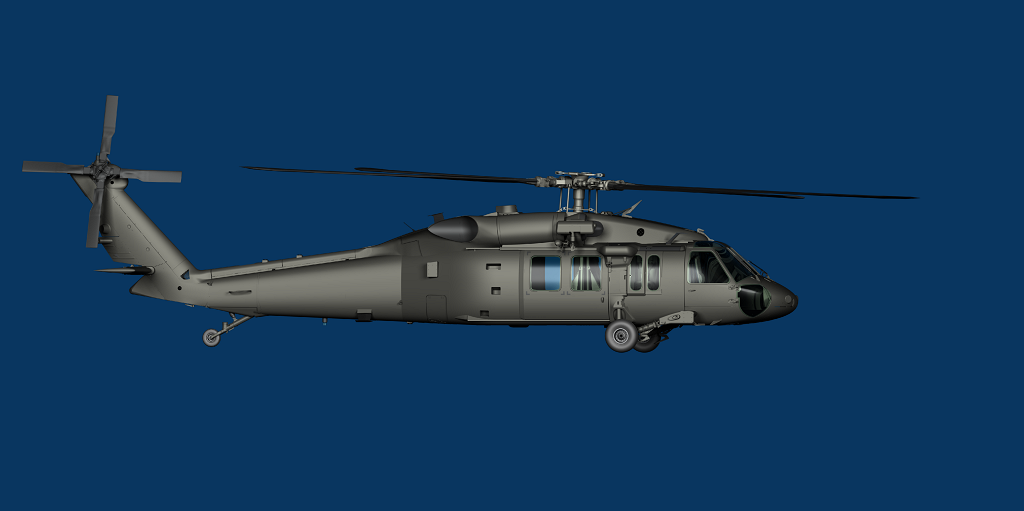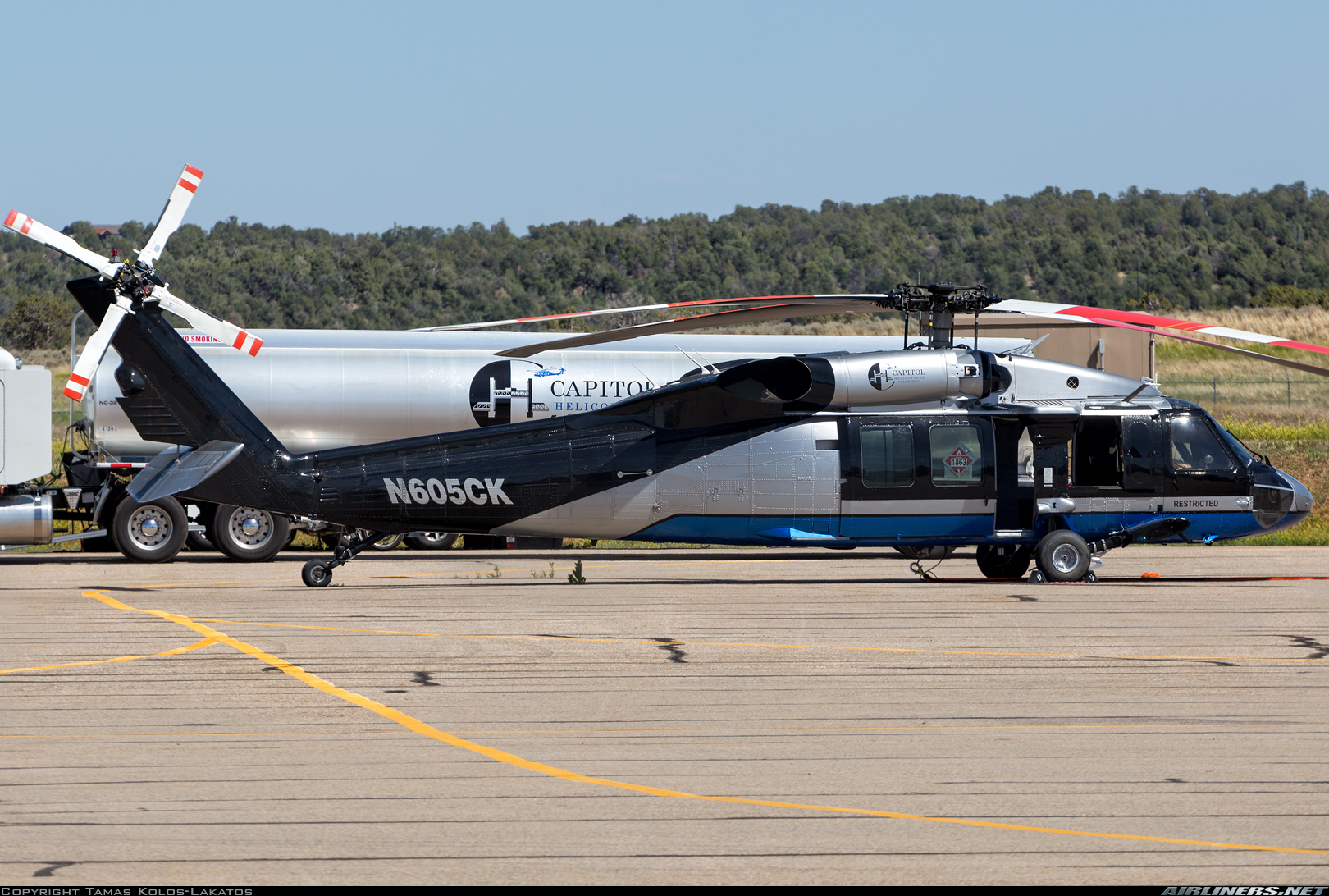Top Attributes and Benefits of the Sikorsky S 70 Helicopter
Wiki Article
High-Performance Multi-Role Rotorcraft Featuring Advanced Cabin Technologies and Integrated Sensor Equipments
The world of rotorcraft modern technology has actually seen notable developments in recent times, particularly in the realm of high-performance multi-role rotorcraft geared up with cutting-edge cabin modern technologies and effortlessly incorporated sensing unit systems. These advancements have not only augmented the functional capabilities of rotorcraft but have also substantially influenced modern-day air travel operations on various fronts. From enhanced goal adaptability to enhanced operational performance, the merging of sophisticated cockpit modern technologies and incorporated sensor systems has introduced a new era of opportunities for rotorcraft applications. In the complying with discussion, we will certainly check out the evolution of rotorcraft technology, dig into the world of sophisticated cockpit innovations, and take a look at the implications of incorporated sensing unit systems on the operational versatility and effectiveness of modern rotorcraft.Evolution of Rotorcraft Innovation
The advancement of rotorcraft technology has actually been noted by significant developments in the rules of aerodynamics, products, and propulsion systems, shaping the capacities and performance of contemporary rotorcraft. Aerodynamic renovations have enhanced the performance and maneuverability of rotorcraft, enabling boosted speed, dexterity, and stability during trip (sikorsky s 70). Advancements in materials, such as the use of composite materials and advanced alloys, have caused lighter yet more powerful rotorcraft frameworks, boosting total performance and toughness. In addition, improvements in propulsion systems, consisting of more powerful engines and ingenious propulsion technologies, have actually enabled rotorcraft to achieve greater elevations, faster speeds, and higher hauls.These developments have not only changed the abilities of rotorcraft however have also increased their applications throughout different industries, consisting of armed forces, commercial, and emergency situation solutions. The continuous advancement of rotorcraft modern technology remains to drive advancement in the area, pushing the borders of what is feasible and shaping the future of upright flight.
Advanced Cabin Innovations
Structure upon the fundamental developments in the rules of aerodynamics, products, and propulsion systems, the realm of rotorcraft modern technology now moves focus in the direction of introducing Advanced Cabin Innovations. The combination of cutting-edge technologies within the cabin atmosphere plays a crucial role in boosting the functional capabilities, safety and security, and effectiveness of modern rotorcraft. sikorsky s 70. Advanced Cabin Innovations include a large range of features created to offer pilots with boosted situational awareness, structured data administration, and intuitive control user interfacesOne of the crucial developments in cabin design is the application of glass cockpits, which change traditional analog determines with high-resolution screens. These digital systems use customizable formats, real-time information combination, and improved readability, allowing pilots to access vital details at a glance. Progressed avionics systems, such as fly-by-wire controls and boosted reality displays, are transforming exactly how pilots engage with the airplane, permitting for precise control and enhanced decision-making capabilities.


Incorporating advanced cabin technologies not just boosts pilot efficiency however likewise contributes to overall mission effectiveness and safety and security in intricate functional atmospheres. By leveraging cutting edge technologies within the cockpit, rotorcraft manufacturers are establishing brand-new standards for functional excellence and goal success.
Integrated Sensing Unit Systems
With the advancement of rotorcraft innovation, the integration of innovative Integrated Sensor Systems has actually become extremely important in improving functional efficiency and safety. These Integrated Sensor Equipments incorporate a large array of innovations that provide vital information for different features such as navigation, security, targeting, and environmental tracking. By flawlessly integrating sensing units like radars, cameras, lidar, and infrared systems into rotorcraft, drivers can link gain from enhanced situational recognition, enhanced objective capabilities, and minimized pilot work.One key benefit of Integrated Sensing unit Systems is their capability to collect real-time information and offer workable understandings to pilots and mission operators. For instance, progressed radar systems can discover and track targets over fars away, allowing for early danger discovery and effective reaction planning. In addition, integrating infrared and electro-optical electronic cameras allows rotorcraft to perform reconnaissance and security goals with precision and accuracy.
Basically, the integration of cutting-edge sensing unit technologies right into rotorcraft not just boosts functional performance yet also adds dramatically to general mission success and crew security. As rotorcraft remain to advance, the role of Integrated Sensing unit Solution will unquestionably remain at the center of technology in the aerospace sector.
Functional Convenience and Efficiency
Enhancing operational flexibility and efficiency in rotorcraft is a natural development from the assimilation of sophisticated Integrated Sensing unit Systems. By leveraging the data and insights supplied by these innovative sensor systems, rotorcraft can enhance their performance throughout numerous goals and atmospheres.Operational adaptability encompasses the capability of rotorcraft to adapt to different roles and situations efficiently. With advanced cockpit innovations and incorporated sensor systems, rotorcraft can effortlessly change between tasks such as search and rescue, medical emptying, surveillance, and much more. This adaptability improves the rotorcraft's ability to satisfy diverse operational needs without requiring extensive reconfiguration.
Efficiency in rotorcraft operations is essential for making the most of goal efficiency and source utilization. Integrated sensing unit systems play a pivotal function in improving functional performance by supplying real-time information on climate condition, terrain mapping, target monitoring, and extra. This information makes it possible for pilots to make enlightened choices swiftly, maximize look at this website trip courses, preserve gas, and enhance general goal performance.
Influence on Modern Air Travel Workflow

Moreover, the combination of innovative sensing units assists in boosted mission preparation and implementation, making it go possible for rotorcraft to perform a vast array of tasks with boosted precision. From search and rescue operations to airborne firefighting and regulation enforcement goals, the abilities of modern-day rotorcraft furnished with innovative cabin innovations and incorporated sensor systems are exceptional.
Furthermore, the influence of these improvements prolongs beyond functional effectiveness to cost-effectiveness and sustainability. By optimizing trip routes, gas consumption, and maintenance timetables, high-performance rotorcraft geared up with advanced cabin innovations and sensors add to minimizing operational costs and environmental impact, making them indispensable possessions in modern-day aeronautics operations.
Verdict
In final thought, the high-performance multi-role rotorcraft with sophisticated cabin modern technologies and incorporated sensing unit systems stands for a significant advancement in aeronautics innovation. These innovations enhance operational convenience and efficiency, eventually affecting modern-day aviation procedures in a favorable means. The assimilation of these advanced innovations enables boosted abilities and efficiency in various objective scenarios, showcasing the proceeded improvement of rotorcraft innovation in the aeronautics sector.The realm of rotorcraft innovation has seen notable developments in current times, particularly in the realm of high-performance multi-role rotorcraft furnished with cutting-edge cabin modern technologies and perfectly integrated sensing unit systems. From boosted objective adaptability to boosted functional efficiency, the merging of advanced cockpit technologies and incorporated sensing unit systems has ushered in a brand-new age of possibilities for rotorcraft applications. In the complying with conversation, we will discover the development of rotorcraft modern technology, dive into the world of advanced cabin innovations, and examine the effects of integrated sensing unit systems on the operational flexibility and effectiveness of modern-day rotorcraft.

Report this wiki page